Under the Microscope
Beachcombing and Sand Collecting
One of my favorite beach activities, besides swimming and body surfing, is beachcombing. Shells are the greatest gifts from the sea, but many people also enjoy collecting other bits and pieces thrown up as flotsam and jetsam on the beach. While seaweed is considered a negative in my survey, such accumulations often contain sea beans that have drifted hundreds or even thousands of miles through the ocean to reach the shore. Beautiful specimens such as sea hearts, hamburger beans, sea purses, and nickernuts can be found on the Atlantic coast of Florida, especially during the prime season of October to January. Coastal storms produce the greatest bounty of seashells and sea beans. There is even an organization whose members avidly collect these drifting seeds, holding their annual International Sea Bean Symposium. For further information, write Cathie Katz, Box 510366, Melbourne Beach, FL 32951.
Far more people collect sand samples than sea beans during their travels. Anyone who has ever seen a red or black sand beach is tempted to take some of this exotic sand back home. Sand varies by color, mineral content, size and sorting, producing a dazzling array of combinations around the U.S. coasts. There are two sand collecting societies: International Sand Collectors Society, Box 117, North Haven, CT 06473 and Sand Collectors International, Box 17273, Groenkloof, South Africa 0027.
While people collect sand from beaches, dunes and even rivers, there is a scientifically valid approach of collecting beach sand for comparative purposes. A sample of several ounces or more should be taken from the mid-tide position on the beach face in order to reflect the sedimentary and hydraulic conditions. Dune sand tends to be finer and better sorted by size, but such a sample is not truly representative of the beach environment.


